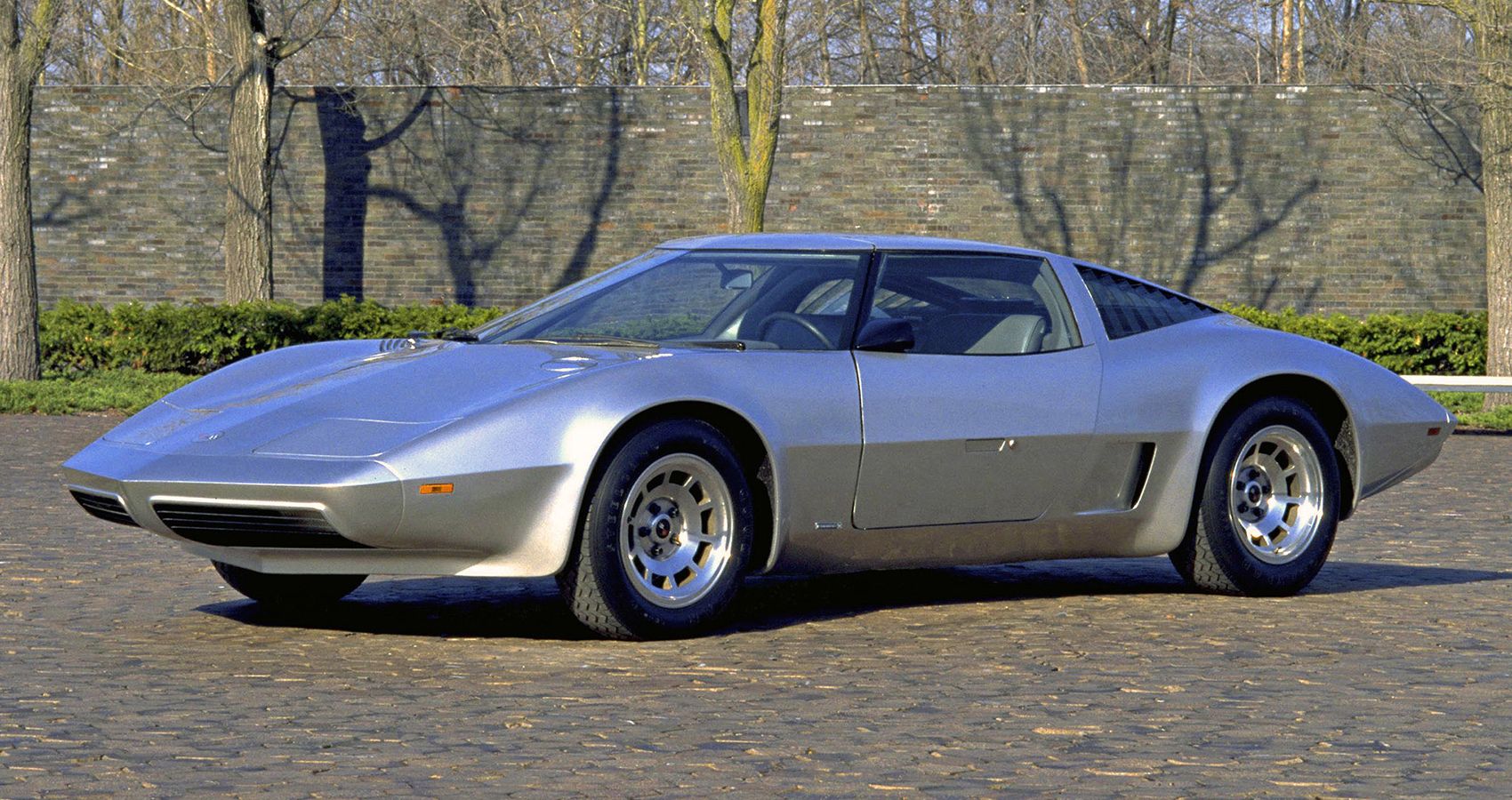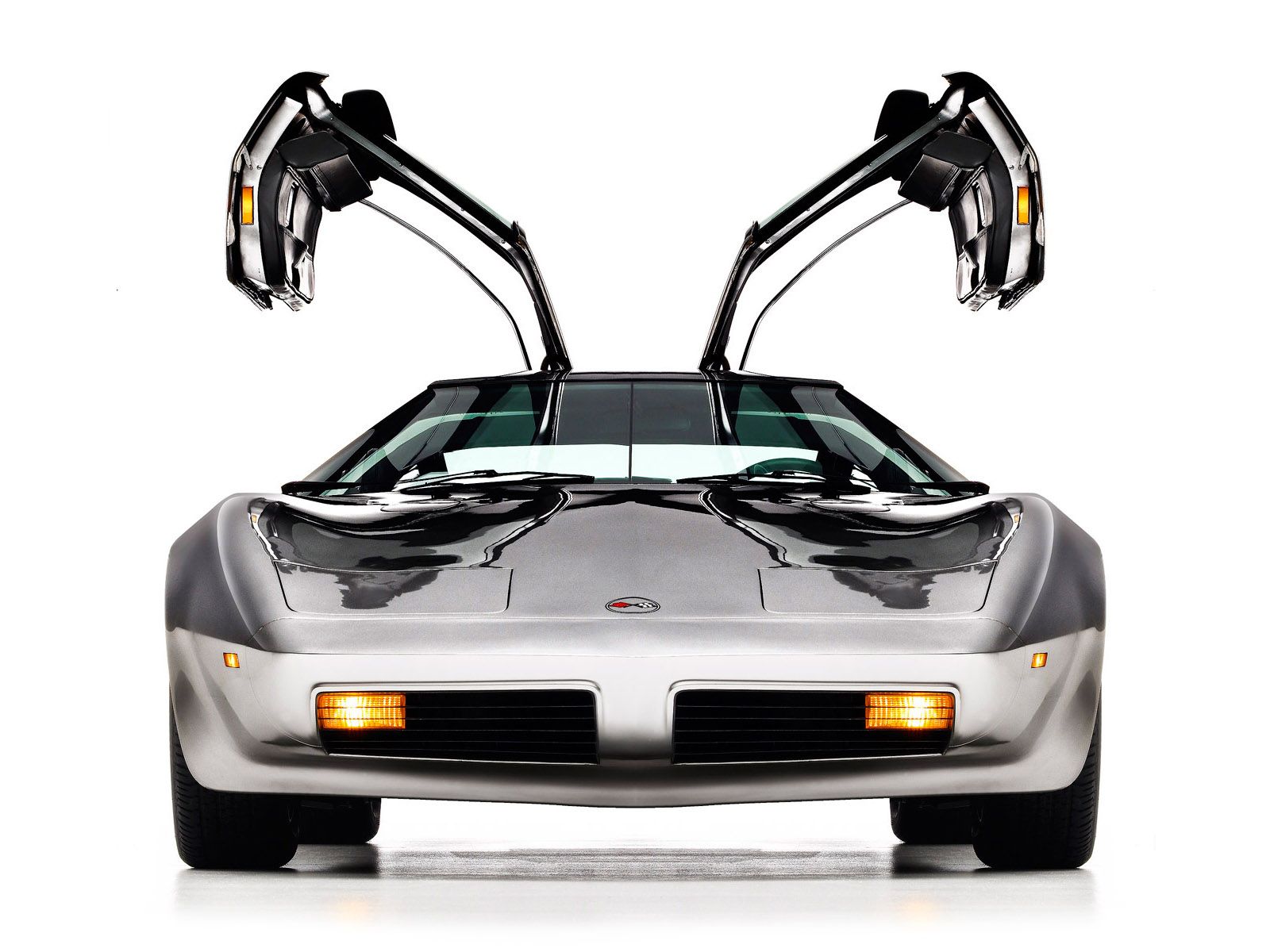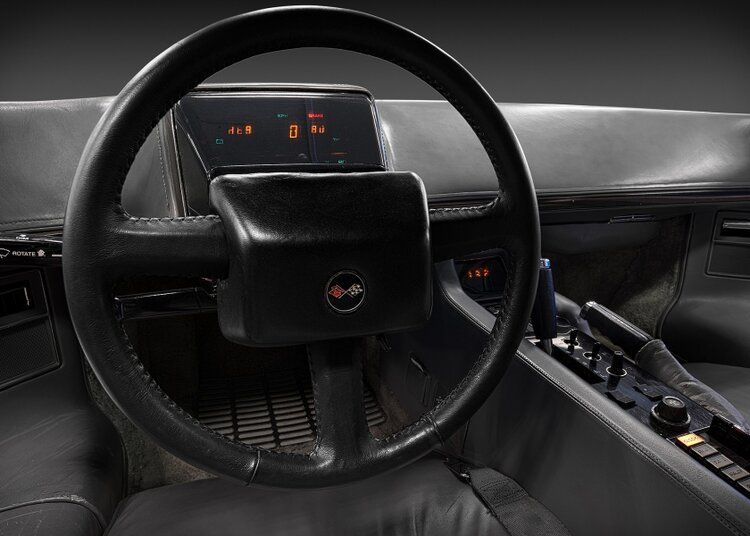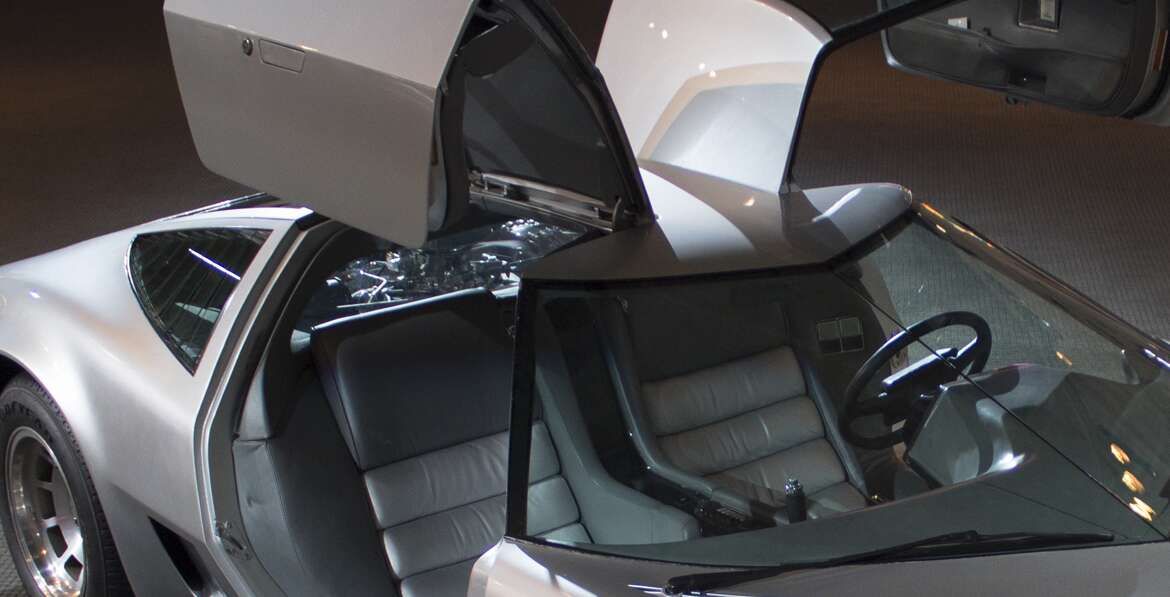General Motors is one of the most famous and successful automakers in the world, reeling in a majority of its sales success from its line of appealing full-sized pickup trucks and sports cars. One of those cars is the Chevrolet Corvette, a car that’s known to be the world's longest-running and vastly produced passenger car.
From GM’s Chevrolet division, the Corvette has always offered its users the best experience in power output, speed, and drive quality, to name a few. But, aside from all the cool production sports cars, we’ve seen a lot of cool concepts from the Chevrolet brand, like the 1973 XP-897 GT, the 1986 Corvette Indy, and the beloved Chevrolet Aerovette.
The Aerovette has a bittersweet history. We’ll take a closer look at its timeline, from its early XP-882 start in 1969 to its cancellation in 1976.
The Modest XP-882 Beginnings
Like every Chevrolet sports car, the Aerovette had an unassuming beginning. In the early development stages, the Aerovette was called the XP-882. It was equipped a four-chamber 6.2L Wankel rotary engine that produced up to 400 hp. With this power, its fancy mid-engine configuration, and many other features, the XP-882 was set to be the C4 (4th generation) Corvette.
Under the design team of Bill Mitchell, the Aerovette concept was first unveiled as “The Four Rotor Corvette” at the New York Auto Show in 1970. It featured a stylish face with pop-up headlights, a sharp front end, and awesome bi-folding gull-wing doors. To showcase the engine bay, the concept had a clear cover. One of the most surprising features of the Aerovette was the powertrain, which originally consisted of that 4-rotor Wankel rotary engine. Foreshadowing what was to come some 50 years later, the Aerovette had a mid-engine configuration, which, in theory, would pave the way to good driving performance.
Further developments on the XP-882 chassis gave birth to the XP-895, which, in turn, inspired the Reynolds Aluminum Car, a vehicle that bore a striking resemblance to the XP-895. Unfortunately, the US was hit by a predicament that threatened sports car production, the oil crisis. In anticipation of the impending fuel crisis, General Motors abandoned the rotary technology as it was known to be thirsty. In its place, the brand substituted a small block (400 c.i.) Chevy V8 engine and with this change, the car was given a new name, Aerovette.
The Chevrolet Aerovette Had A Stylish, Lightweight Body
The Chevy Aerovette’s body consisted of fiberglass and steel, clothing an aluminum tubular frame. Its frontal shape incorporated rectangular pop-up headlights. Its doors feature a double-folding butterfly wing design that allowed the driver and passenger to quickly enter and exit the vehicle.
The windshield came in a “V” design and was angled at about 72°. This leaned-back windshield wrapped around the doors, hiding the front pillars of the car. The rear quarter panel featured glass louvers, which not only aided with vision but also allowed heat to be released from the mid-positioned engine compartment. Cool air went to the carburetor through a hole in front of the rear wheels. For maximum cooling, the Aerovette’s radiator and air conditioning units were positioned near the front wheels.
The Aerovette Featured Decent Interior Technology
Inside, the Aerovette came with a striking dashboard that housed the telescopic steering wheel and controls for the lap timer, clock, calendar, and an AM/FM radio. It also featured a digital display that allowed the driver to adjust to preferred comfort levels. For even weight distribution, all seats came in fixed positions but still had up and down adjustment settings. A special lever allowed the driver to move the pedals closer or further away.
The vehicle also came with a number of desirable safety features, including energy-absorbing bumpers. It also had a warning system that alerted the driver if the seat belts were not fastened and doors were locked.
Here’s What Happened To The Chevrolet Aerovette
GM intended to use a 350 c.i. V8 engine in the final production model. With this powertrain, the vehicle would have been priced between $15,000 and $18,000. Eventually, it utilized a 400 c.i. Chevrolet V8 engine. Although the Aerovette was approved for production in 1980 as the Corvette C4, David R. McLellan canceled the Aerovette program after deciding to stick to the tried-and-true front-engine configuration as it would be cheaper to produce and would still provide good performance.
If you ask us, the 1976 Chevrolet Aerovette deserves the spot on the greatest Corvette concepts of all time.





